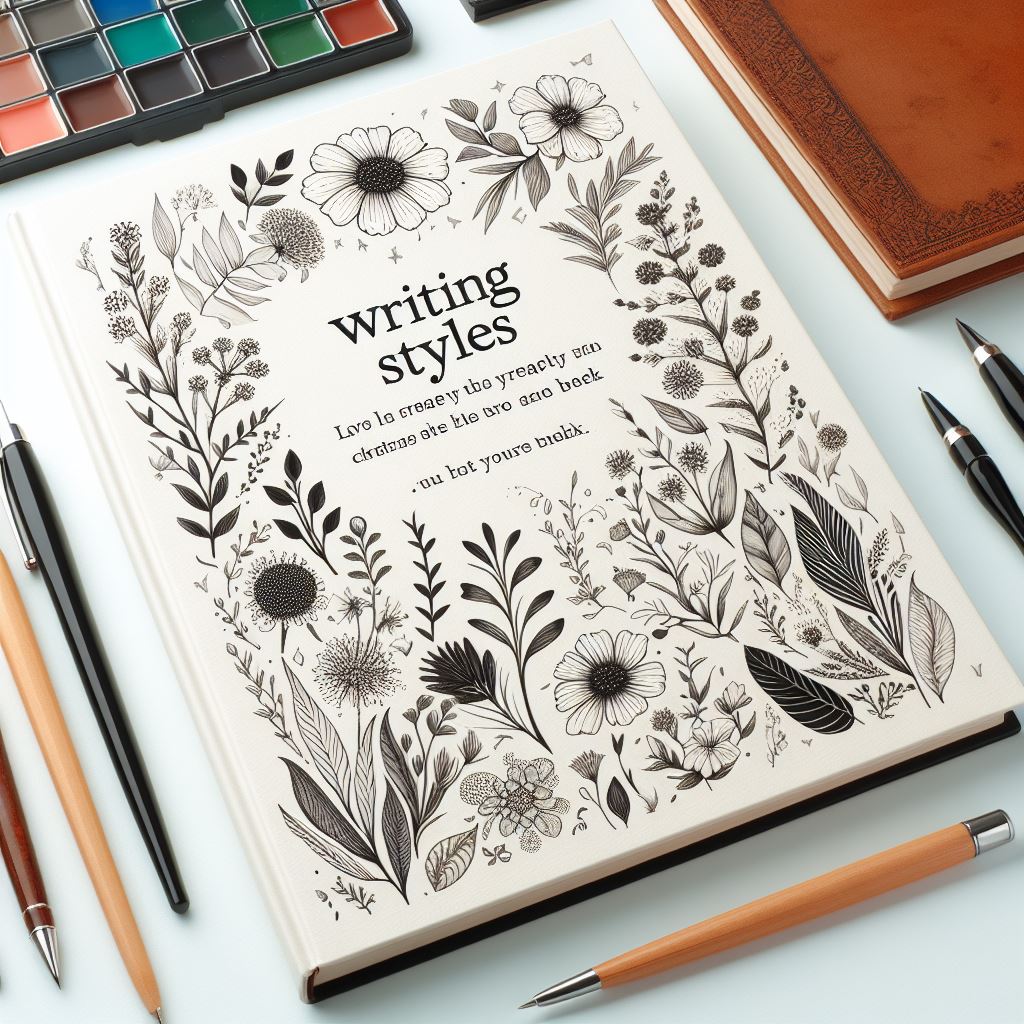Knowing the different writing styles and the niches they serve in writing can solve half of your content writing issues.
Apart from experienced writers, up-and-coming content writers experience a flash of confusing thoughts when asked about their writing styles or niches. Since content writing is like a mansion with many rooms, finding the room that suits you might require some help.
Here’s where you need to start from. Understand and match the writing style you are comfortable with to the right niche or niches. This way, you clear your doubts and become confident in your writing strength.
In this article, we will talk about the various writing styles, the writing niches you can thrive in with them, and how to develop them. As always, let’s start with a definition.
What is a writing style?
Writing style is a unique way a writer uses words to express themselves while writing. Though it goes beyond just words, a writer’s style shines through in how they form sentences and construct their writing voice.
Even within the types of writing styles we have in the English language, each writer has a way of expressing them, which also goes in line with the aim of the topic and then resonates with readers.
Let us look at an example with different writing styles;
First writing style: “We vacationed in the Bahamas.“
Second writing style: “We visited the Bahamas and spent our one-week vacation there.“
Third writing style: “Our recent holiday took place in the Bahamas. We went on a luxury boat cruise, ate foods that we consider really great, and had lots of fun.“
You can see that each writer wrote and expressed according to their unique style but still talked on the same topic.
For more emphasis, those who read from the globally recognized writer of African descent, Chimamanda Ngozi Adichie, can easily recognize her writing style anywhere. Her novels are beautifully laced with her local Nigerian Igbo dialect—excerpts from her book Zikora.
“She was crying.
Water, calm down
Amuchago m, she said. I’m done having children.”
Like her, every other seasoned writer has a unique writing style that can be easily recognized and appreciated. Most times, you may not even see the writer’s name, but you know the piece already came from them.
Having a unique style in your writing does not happen overnight or in a short period. You gradually build it by combining all methods that work for you in writing and your personal best practices.
A writer can have multiple writing styles; no rule states otherwise. Also, a writer can use their unique styles in the various types of writing we have in Literature.
Let’s look at what differentiates writing styles and where to use them.
What are the different types of writing styles and the niches you can use them?
Going to the literature view of writing, writers can use various types of writing styles to convey their thoughts and emotions to their readers. The 4 different types of writing styles in literature include:
- Expository writing
- Descriptive writing
- Narrative writing
- Persuasive writing
Expository writing
As the name implies, an expository writing style is commonly used when the intent is to expose or explain an idea with evidence. You can find most blog posts, such as this one, under expository writing. Other places you can find it include;
- Encyclopedias
- Recipes
- Academic textbooks
- Essays
- Technical writing
- Instructional manuals
- Magazines all fall under the expository type of writing.
When writing with this style, you lay down all the cards about the topic on the table. First, you must assume that the concept you are writing about is new to your audience or they only know a little about the topic before you begin.
Start your topic with a clear definition and walk through subtopics that buttress your topics while providing facts.
Descriptive writing
Have you ever read a piece of writing and your imagination ran so wild you thought you were looking at the place or characters in real life? That’s the job of descriptive writing style.
It works on your imagination and helps your brain to paint a picture of what the writer wants you to see.
Let’s look at an example of a descriptive writing;
Normal writing style; “Here’s the cup sitting on the table.”
Descriptive writing; “Here’s the big white cup with purple ‘drink me’ inscription by the side, sitting on the table. It is filled with foamy hot chocolate, giving off a lazy steam line and a pleasant smell.“
Those in the creative writing niche often use this writing style. You can find a lot of children’s storybook authors using the descriptive writing style because kids are good with their imaginations.
Narrative writing
This writing style is the storyteller’s forte. Narrative writing begins and ends with telling a story or narrating an event or incident.
It could be real stories of present or past events, yet it could be fictional. Short stories, novels, dramas, or plays are all written in narrative writing.
Copywriters have adopted narrative writing to get their audience’s attention before finishing with their call to action. However, copywriters can adopt two or more writing styles into a single copy.
Persuasive writing
Persuasive writing subtly coarses or convinces the reader to start believing the writer. This type of writing comes in an argument form and is backed up with evidence and facts.
People in the sales and marketing niche use persuasive writing to convince their customers and make them purchase their products. Copywriters are also persuasive style writers.
Regardless of the type of writing, a renowned writer, with their unique writing styles, can use two or more in a single post or article. It all involves understanding where your strength lies in writing and building it up.
However, you must be ready to take some steps if you wish to build your writing style and, by extension, begin to write great content in your unique style. Let’s look at the easy steps to take towards achieving this goal.
How to have a unique writing style
Become an avid reader
I often advise new writers to read more books than they watch videos. Consuming a lot of written words helps you to build your vocabulary and word bank.
One way to build your unique writing style is by reading from various authors, not just your favorite. Doing that will give you options of words to use when you write.
When reading from authors, you pick their brains and take in knowledge. In turn, your brain will start picking the styles you are drawn to.
Becoming an avid reader starts from reading something every day. You may decide to set out a time in the day for your reading.
It may be just before you retire to bed, when you wake up in the morning, or anytime during the day. Meanwhile, how you get what you read shouldn’t be an issue. It could be through virtual means or physical books.
You will notice that you are beginning to form your writing style when you do this consistently.
Find your writing comfort zone
Just like how some writers stay in a niche because that’s where their writing strength lies. That is how you should discover your writing comfort zone and polish it.
While reading from your favorite authors is essential, you don’t need to write like them. Keep writing the way you do until you discover what works for you without sweating it.
Allow your style to flow
It is not for you if you find it challenging to write. Remember, your style must come naturally to you, and you must enjoy the writing process.
Your writing style will draw readers that resonate with you. Do not force it while trying to learn; take your time until it flows naturally.
Conclusion
One more thing: never stop writing. Every day, try out your writing style in a draft.
Writing is the only exercise that can help you to perfect your writing style and master it fully.


